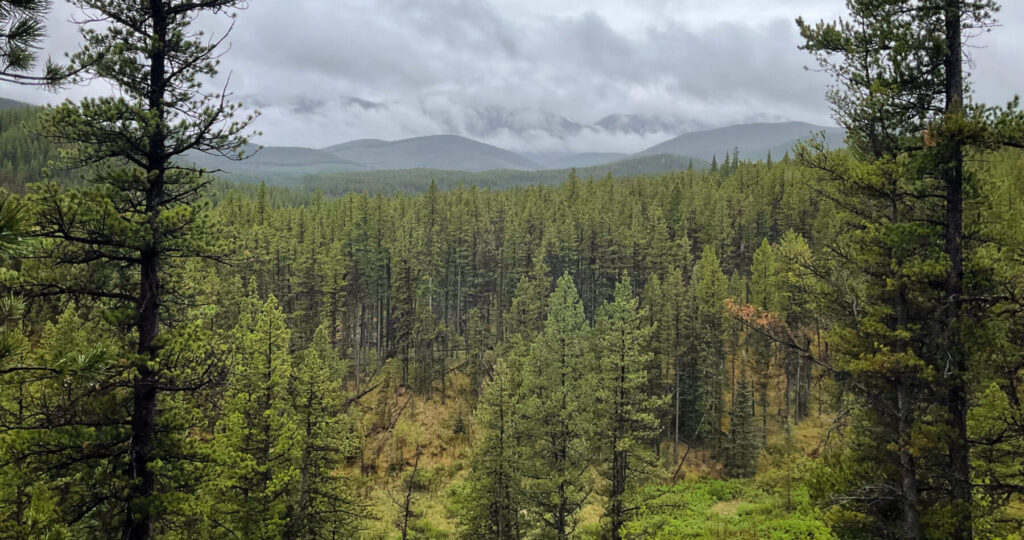Post Category : Heritage Management
What is Mitigative Excavation?
Mitigative excavation is the process of digging an archaeological site that is threatened either by development or natural erosion. Mitigative excavations have different goals than academic excavations. The goal of mitigative excavations is is to save as much information about the site before it is destroyed, whereas in academic digs the goal is to answer specific questions about how people were using the site in the past.
When a planned development is in direct conflict with a significant archaeological site our normal first recommendation is for a project redesign in order to avoid impacting the site. When a project redesign is not a viable option a mitigative excavation might be required.
Before the excavation begins additional shovel testing may be required to ensure that the boundaries of the site have been confidently established and to identify the most important or valuable part of the site. Using what we have learned from the shovel testing we select areas for excavation blocks. We try to target the places where we’ll get the best return, in scientific information, for the investment of time. These excavation blocks are usually excavated in 1×1 m units. During the excavation layers of a predetermined depth are carefully removed. The sediment is screened and artifacts are collected. While excavating each layer is carefully described and locations of artifacts within the layer are recorded. Any changes in the soils or unusual staining is also described in detail. As each layer is removed photos are taken to further document the process. Once the unit is excavated to its final depth photos and drawings are taken of the unit walls. These photos and drawings will help us to understand the natural formation of the site area by studying the statigraphy. Looking at the layers of the soil can help us to determine if some artifacts in the site are older than others and can help us to understand how long or often the site was used by people in the past.
Mitigative excavations in Alberta typically do not involve excavation of the entire site as you might see in academic research excavations; instead archaeologists first consult with the developer and the government and excavate a sample of the site that focuses on the area of impact, and maximizes the information value of the dig.
Once the mitigative excavation is complete and the final report describing the project has been approved by the government the development will be allowed to proceed.
Mitigative excavations usually move along at a faster pace than academic excavations. This is related to time restrictions associated with development planning and budgetary concerns, as well as our focus on efficiency, and maximizing the return on investment. Academic excavations often take place over many field seasons but mitigative excavations have to be completed before the developer begins construction.
Mitigative excavation is our best tool to preserve archaeological heritage when avoidance isn’t an option, but it’s still a net loss in heritage value. Archaeological sites are non-renewable resources, once they have been destroyed, whether by excavation or development, no more information can be collected about the site.



